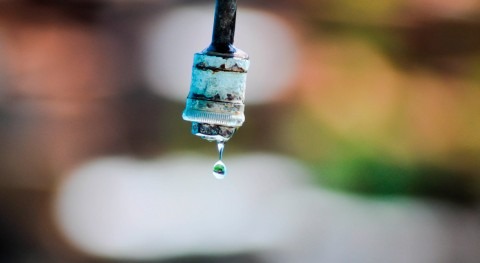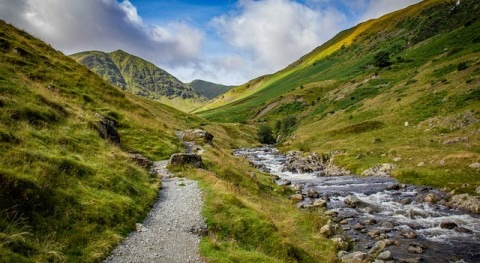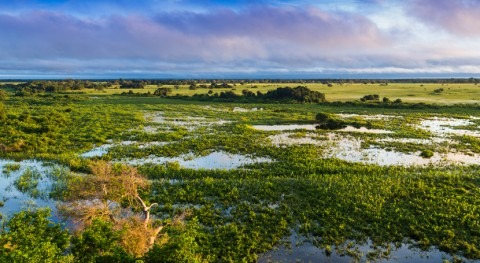What is evaporation in the water cycle?

Two of the processes that are part of the water cycle are evaporation and condensation into clouds, that leads to precipitation. Evaporation is considered as a loss of water; several studies indicate that surface water bodies contribute 90% of the humidity in the atmosphere through the process of evaporation.
Currently, technologies based on the process of evaporation are used to reduce the volume of wastewater and to recover water.
1 . Water evaporation
Water evaporation is a physical process by which water changes from a liquid to a gas or vapour. This process takes place on the water surface starting at a certain temperature and until the air is saturated with vapour.
The process of evaporation depends on the surface area that is exposed and the percentage of vapour in the surroundings. The drier the layer of air above the water – or, in other words, the less saturated the air is – the higher the rate of evaporation.
During evaporation, the bonds that hold together water molecules break and water temperature decreases.
2 . Heat of vaporisation
The energy necessary for evaporation to take place, overcoming the forces that hold water molecules in a liquid state, is known as heat of vaporisation (enthalpy of vaporisation). The heat of vaporisation is reached when water is at its boiling point of 100 degrees Celsius or 212 degrees Fahrenheit.








